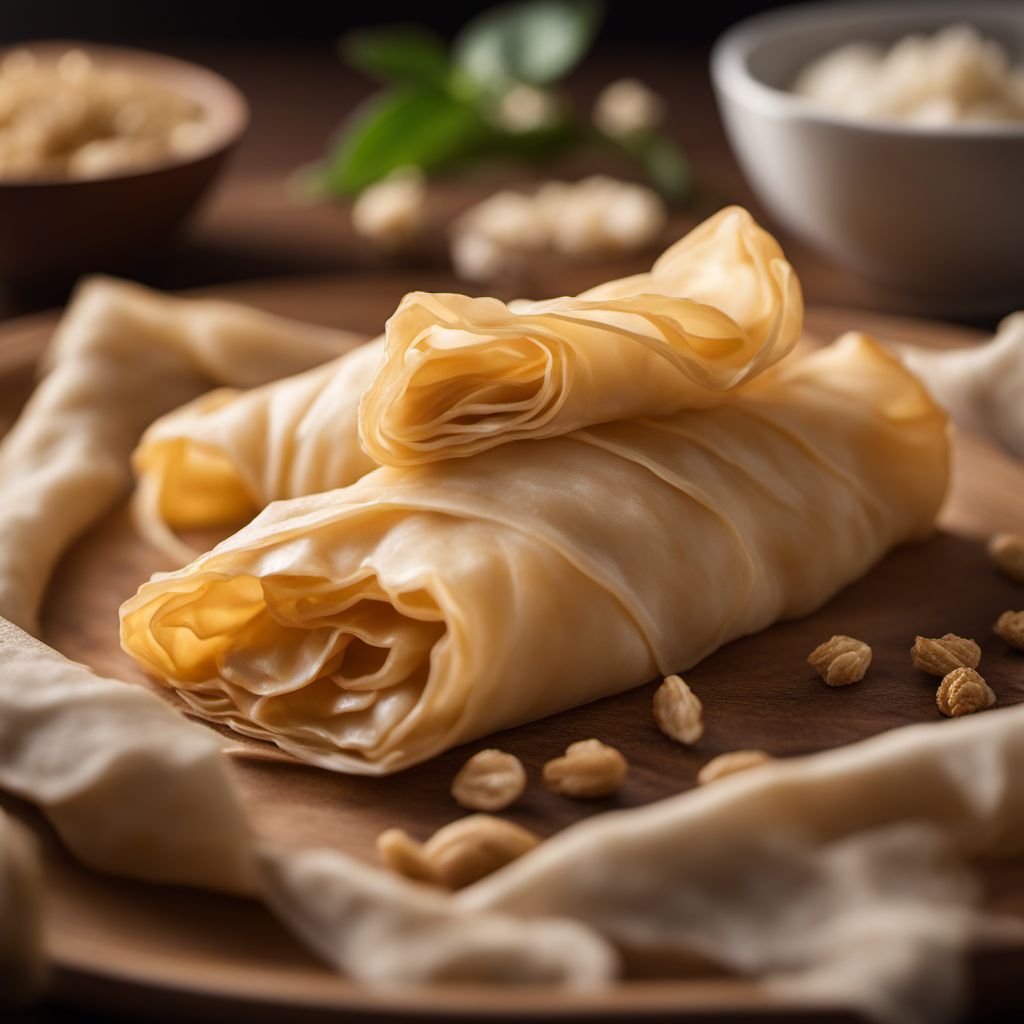
Ingredient
Phyllo dough
Delicate Pastry Sheets
Phyllo dough is made by rolling and stretching dough into thin sheets, resulting in a delicate and flaky texture. It is commonly used to make pastries, such as baklava, and savory dishes like spanakopita. The thin layers of phyllo dough create a crispy and light texture when baked.
Origins and history
Phyllo dough has its origins in the Ottoman Empire and is believed to have been developed in the kitchens of Topkapi Palace in Istanbul. It has since become a staple in Mediterranean and Middle Eastern cuisines, with variations found in Greece, Turkey, and the Levant region. Its thin and delicate nature requires skillful handling during preparation.
Nutritional information
Phyllo dough is low in calories and fat, making it a lighter alternative to other pastry options. It is also a good source of carbohydrates.
Allergens
Phyllo dough may contain wheat, making it unsuitable for individuals with gluten intolerance or wheat allergies.
How to select
When selecting phyllo dough, look for packages that are tightly sealed and free from tears or damage. Freshness is crucial, so check the expiration date and opt for the freshest option available. Additionally, choose a reputable brand for consistent quality.
Storage recommendations
To maintain the freshness of phyllo dough, keep it refrigerated in its original packaging. Once opened, cover any unused sheets with a damp cloth or plastic wrap to prevent them from drying out. It is best to use phyllo dough within a few days of purchase for optimal results.
How to produce
Phyllo dough is typically produced commercially due to its intricate and time-consuming preparation process. However, adventurous home cooks can attempt to make their own by rolling out thin layers of dough using a pasta machine or a rolling pin.
Preparation tips
When working with phyllo dough, it is important to keep it moist to prevent it from drying out and becoming brittle. Thaw frozen phyllo dough in the refrigerator overnight before using. Brush each layer with melted butter or oil to add flavor and create a crisp texture. Phyllo dough can be used to create a variety of sweet and savory dishes, such as pies, tarts, strudels, and appetizers.
Substitutions
Puff pastry sheets can be used as a substitute for phyllo dough in some recipes, although the texture and flavor will differ. Alternatively, thinly rolled-out pie dough can be used as a substitute for a similar effect.
Culinary uses
Phyllo dough is commonly used in dishes such as baklava, spanakopita, and tiropita. It can be layered, folded, or rolled to create a variety of pastries, appetizers, and desserts. Its versatility allows it to be used in both sweet and savory applications.
Availability
Phyllo dough is widely available in Mediterranean and Middle Eastern grocery stores, as well as many mainstream supermarkets. It can also be purchased online from specialty food retailers.
More ingredients from this category
Recipes using Phyllo dough » Browse all

Turkish Spinach and Feta Börek
Savory Delight: Turkish Spinach and Feta Börek
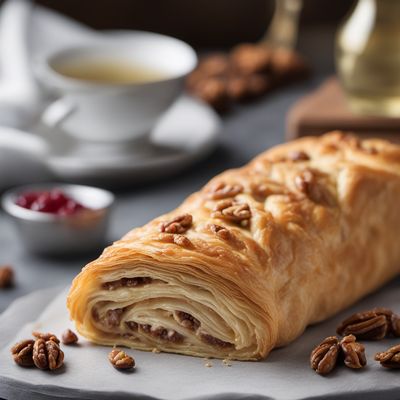
Cvetlinska Gibanica - Slovenian Cheese and Walnut Strudel
Slovenian Delight: Heavenly Cheese and Walnut Strudel

Greek Orange Phyllo Cake
Zesty Citrus Delight: Greek Orange Phyllo Cake

Roman-style Kol Böreği
Savory Layers: Roman-style Kol Böreği
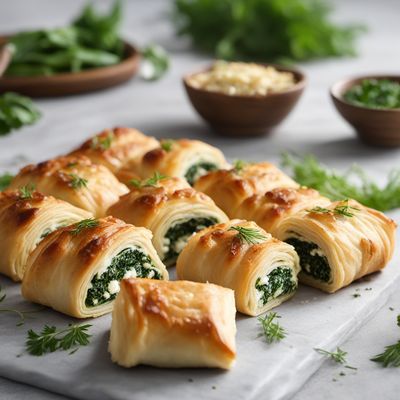
Greek-American Spinach and Feta Rolls
Mediterranean Delight: Greek-American Spinach and Feta Rolls
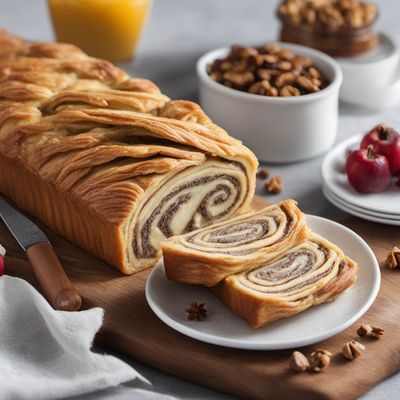
Prleška Gibanica - Slovenian Layered Pastry
Slovenian Delight: Layers of Flavor in Prleška Gibanica
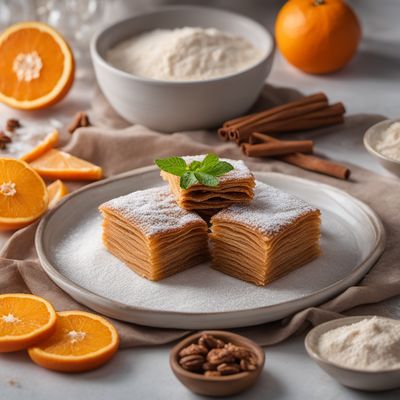
Cukarini - Albanian Sweet Pastry
Heavenly Delights: Indulge in the Irresistible Albanian Sweet Pastry
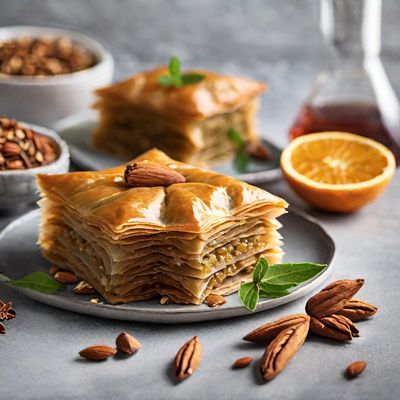
Moroccan Baklava
Exotic Almond Delight: Moroccan Baklava
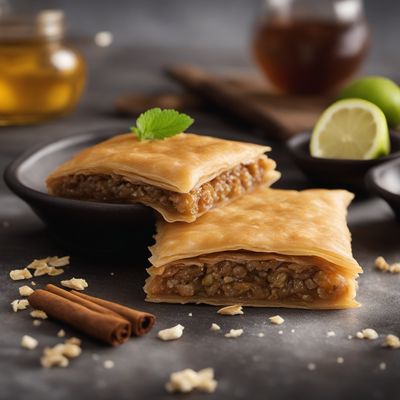
Baklava with Cheese Filling
Savory Twist: Baklava with a Cheesy Surprise
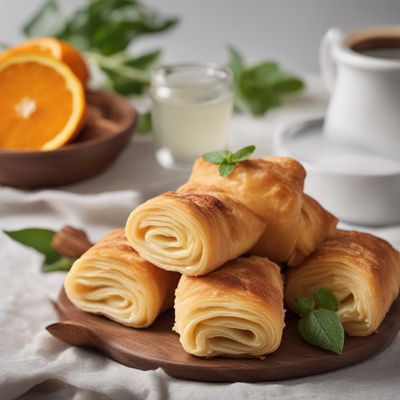
Znoud el Sit - Lebanese Sweet Cheese Rolls
Delicate Cheese-Filled Pastry Rolls: A Sweet Lebanese Delight

Turkish Cheese Borek Canapés
Savory Turkish Cheese Borek Canapés: A Delightful Twist on Traditional Russian Cheese Canapés

Greek Baklava
Honeyed Layers of Greek Delight

